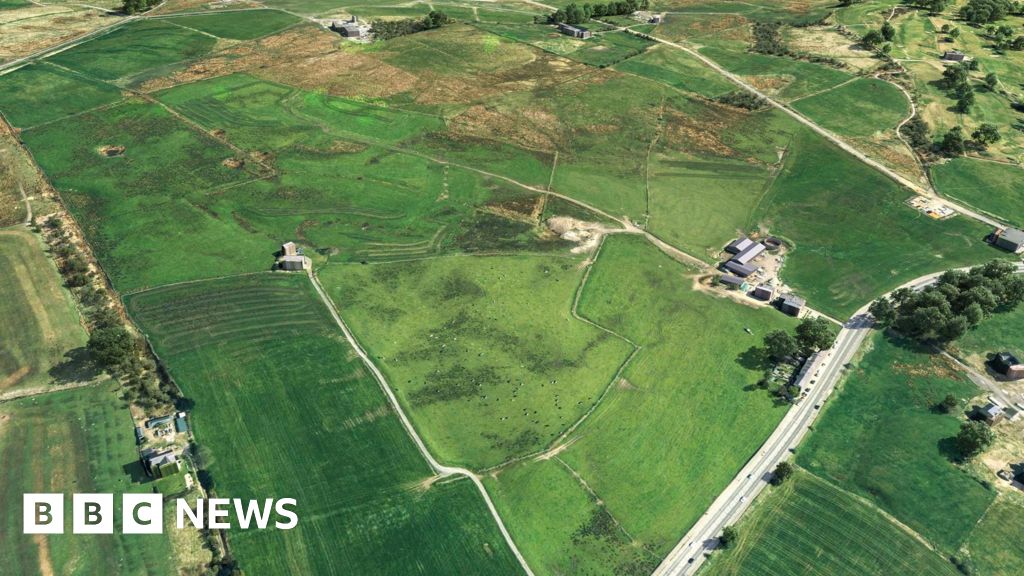Environment Bank has 25 habitat banks already live, generating more than 4,000 biodiversity units.
The 51-hectare Horwich habitat bank, which is split over two parcels of land, covers low-yielding farmland and grassland that will be transformed into a nature restoration site.
It is to the south of the West Pennine Moors, parts of which are notified as a site of special scientific interest (SSSI).
Environment Bank is working to enhance and manage the grasslands as species-rich meadows, with ponds and enhanced ditches within the naturally wetter depressions.
As the Horwich site develops, it is hoped native wildlife will return to the area, such as curlew and great crested newt.
Protected species already residing there will benefit from the habitat improvements, including lapwing, skylark, grasshopper warbler, common toad, and brown hare.
Environment Bank has funded a conservation grazing course so that the existing landowner can farm traditional native cattle breeds.
The herd will improve the quality of the landscape by sustainably grazing the grasslands and scrub.
While the cattle are grazing for conservation purposes, they’re also being reared for meat production to enhance the landowner’s existing farm business.
The public will be able to access the site on existing footpaths, so that they can witness as the habitat bank continues to develop over the years.
The sites transform low-yielding farmland into nature recovery sites and maximise biodiversity uplifts.
Developers can then purchase more than 800 off-site biodiversity units to offset their construction projects.
BNG also offers landowners a way to diversify their income, enhance their natural landscapes and build business resilience for their farms.

